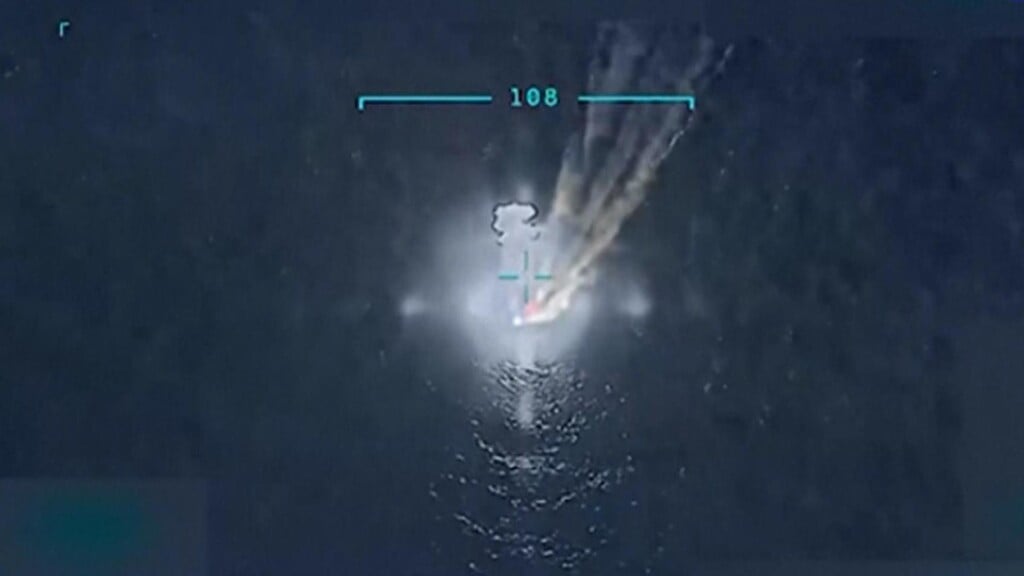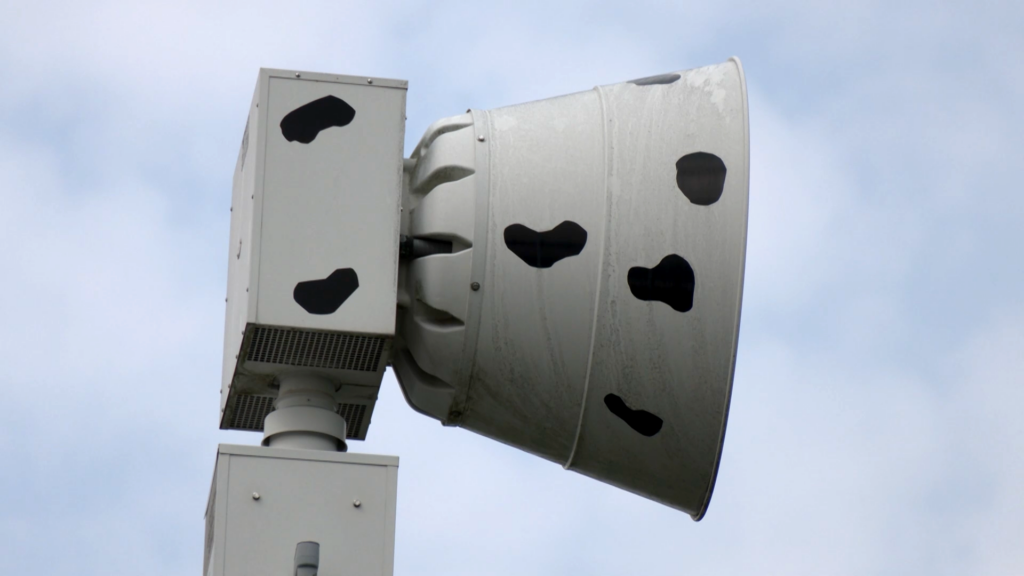Throwback Thursday: The battle of wet vs dry in Bowling Green and Warren County
Considering Kentucky’s long and proud association with Bourbon whiskey, you would think the state would have been a champion for the right to sell and drink alcoholic beverages, but its history is more complex, with cities, counties and even the whole state moving back and forth, sometimes outlawing alcohol, sometimes making it legal. That prohibition forces ran strong in Kentucky shouldn’t surprise anyone. After all, Carrie Nation, born in Garrard County, was an icon of the temperance movement, often attacking saloons with a hatchet.
In 1891, Kentucky added the Local Option to its constitution, which allowed cities and counties to outlaw alcohol with a vote of its citizens. Bowling Green voted on a Local Option in 1907 and the city went dry, ending the legal sale of liquors, but in 1910 another vote overturned that, and the city again became wet.
In 1919, two months before the whole nation went dry after the eighteenth amendment had been ratified, Kentucky passed its own constitutional amendment banning alcohol. Prohibition started early in the bluegrass state.
The eighteenth amendment that ushered in nation-wide prohibition was a long time coming. In the 1800s, the average American drank as much as three times the alcohol compared with today, which led to more crime and violence, especially within families. Not surprisingly, women led many temperance groups. Prohibition, however, drove the manufacture and sale of alcohol into the hands of organized crime, and that presented its own problems.
The Twenty-first amendment, ending prohibition, was ratified in 1933 and allowed alcohol to flow legally again.
In 1935, Kentucky returned to the practice of letting cities and counties decide for themselves, and in 1937 both Bowling Green and Warren County became wet again. Another vote in 1941 confirmed that alcohol would still be sold in both. But in 1957 a vote completely reversed that. The county racked up 4,712 votes against alcohol with only 2,863 voting wet. Only 200 votes decided the city would also be dry. Multiple court fights upheld the end result. Bowling Green and Warren County were again dry.
Of course that didn’t last long, at least for the city. In 1960 another election brought another result and Bowling Green was wet again. This time it stuck, though there has been some tinkering around with it. First there was no alcohol sold on Sundays, then restaurants could serve it and then in 2013 liquor stores were allowed to open on Sunday and sell spirits. Warren County went wet again in 2018 after 61 years of being dry. And that’s how it stands today, at least until we change our minds again.




